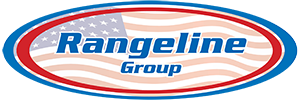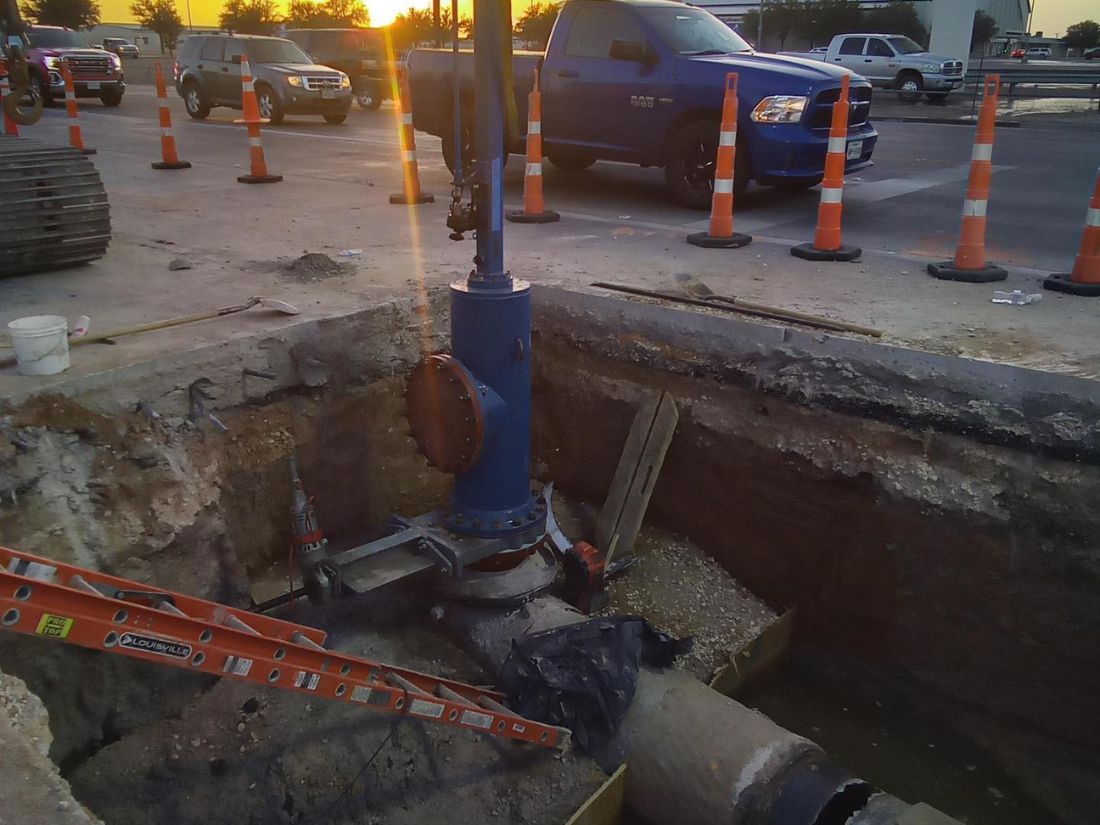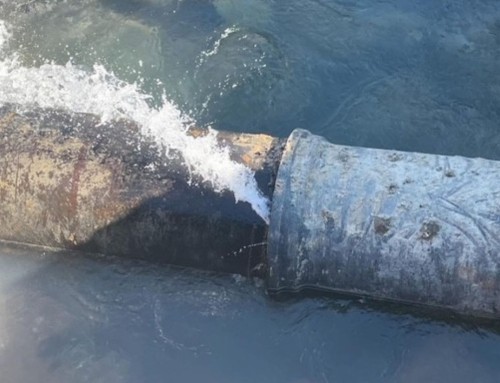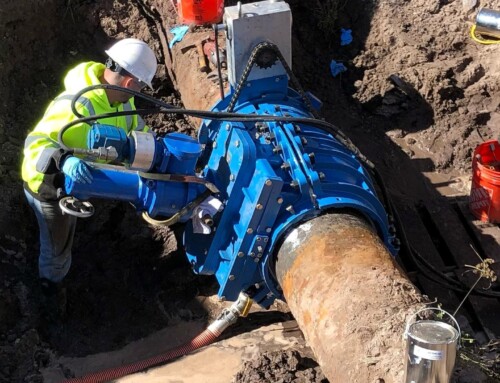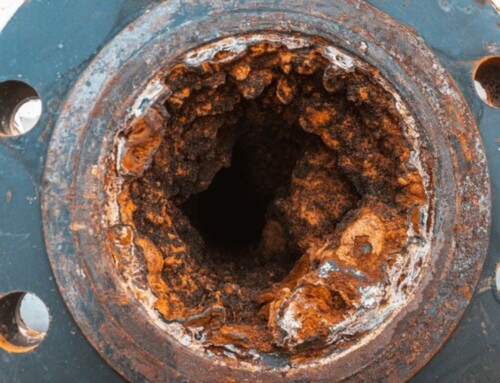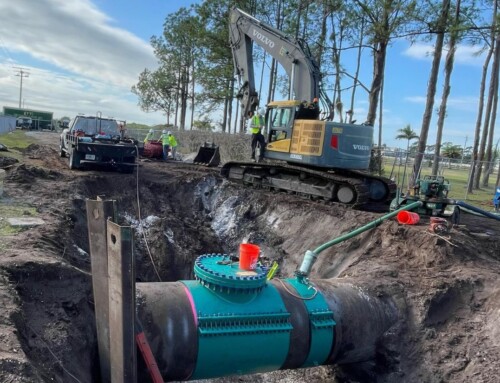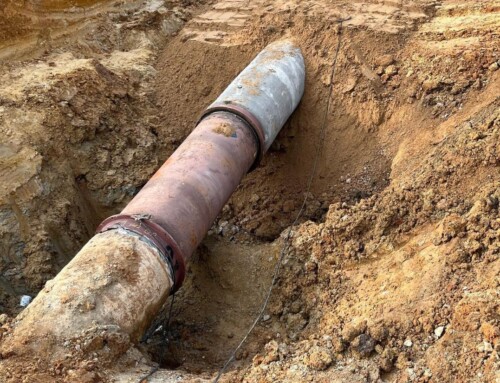Water is a life-giving resource, and its flow throughout urban areas is necessary for countless people and businesses. Unseen threats lurk just beneath our feet, such as aging infrastructure and unexpected geological events, and they can disrupt this critical service. Savvy business owners and municipalities must arm themselves with knowledge about emergency water line stops to do everything they can to minimize damage and loss.
Understanding Emergency Water Line Stops
When a water line bursts or sustains damage, the resulting chaos can be immediate and devastating. Emergency water line stops are strategically placed mechanisms that allow for the swift blockage of water flow in dire scenarios, such as pipe bursts that occur from extreme temperature changes or corrosion.
These stops can vary from internal systems within a facility to more extensive motorized valves placed along municipal routes. When utilized effectively, they can prevent further damage, water loss, and even the spread of potential contaminants. That’s why understanding these systems and where they are located is non-negotiable.
Note that implementing an emergency water line stop isn’t just about the physical components. It’s also about the knowing how to install such a system. Many businesses don’t have staff on standby for such a task, so business owners will need to contact a company that can do this process. Rangeline Group offers all kinds of water line stop services and will be ready to assist you no matter how dire your situation is.
Benefits of Prompt Response
The adage “time is of the essence” could not be more fitting than in the context of water line emergencies. Swift response to such events has multifold benefits, ranging from financial savings to the preservation of public health. Every minute that a breached line continues to flow unchecked could translate to gallons of wasted water and critical damage to infrastructure and surrounding properties.
In instances of water contamination, quick stops can prevent pollutants from propagating throughout the water network. This safeguards the immediate area and the broader water ecosystem it links to. Furthermore, by establishing a plan for dealing with water contamination, you’ll be able to manage the stress of an emergency. You can ensure the safety of response personnel and the smooth return to normal operations.
Proactive Measures To Take
Now that you understand how quickly responding to emergency water line stops can minimize damage and loss, it’s time to learn how to prevent these situations in the first place. Preparedness in a crisis is the key to an effective response. Business owners and municipalities must undertake proactive measures such as regular inspections, condition assessments of water lines, and updating stop systems. Regular training can keep response teams sharp, familiarize them with protocols, and prepare them to respond to water emergencies.
This readiness extends to water line systems documentation, including detailed maps, redundancies, and labeling. Access to critical infrastructure should be unobstructed, and employees should know their roles through a chain of command. Lastly, maintaining strong ties with local utilities and emergency services will help you execute a collaborative and efficient response, minimizing the duration and impact of a water line emergency.
